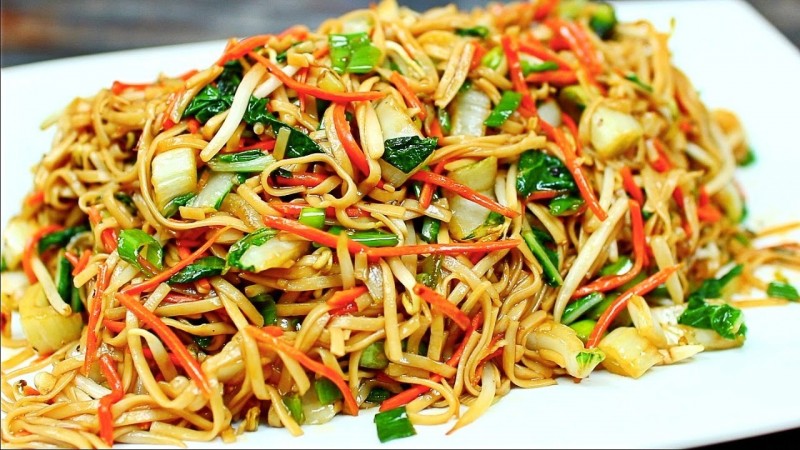
Chinese cuisine is renowned worldwide for its diverse flavors, aromatic spices, and intricate cooking techniques. In this article, we will delve into the fascinating world of Chinese cooking, uncovering the secrets behind the special way Chinese people prepare their meals.
Before we dive into the specifics of Chinese cooking, let's take a moment to appreciate the rich culinary heritage that has evolved over thousands of years in this vast and culturally diverse nation.
China is a land of diverse climates and landscapes, and this diversity is beautifully reflected in its cuisine. From the fiery spices of Sichuan to the delicate flavors of Cantonese cuisine, each region has its own distinct culinary identity.
Chinese cuisine places a strong emphasis on tradition and ritual. Meals often have symbolic meanings, and cooking techniques have been passed down through generations.
To understand the special way of making Chinese food, it's essential to know the key ingredients that form the foundation of these delectable dishes.
These three ingredients are the cornerstone of many Chinese dishes. Soy sauce adds saltiness, rice vinegar brings a tangy note, and sesame oil imparts a nutty richness.
Chinese Five Spice, a blend of star anise, cloves, Chinese cinnamon, Sichuan peppercorns, and fennel seeds, adds a unique depth of flavor to countless recipes.
Stir-frying is perhaps one of the most iconic Chinese cooking techniques. The high heat of the wok ensures that ingredients retain their crunch and vibrant colors.
Dim sum, a beloved Chinese tradition, showcases the art of making small, delectable dishes that burst with flavor. It's all about precision and attention to detail.
Steaming is a common method used for cooking dumplings, seafood, and vegetables. It preserves the natural flavors and nutrients of the ingredients.
Chinese cuisine seeks to balance the five fundamental flavors: sweet, sour, bitter, spicy, and salty. Achieving this balance is essential for creating harmonious dishes.
The concept of Yin and Yang extends to the kitchen, where contrasting ingredients are often paired to create a balanced dish, such as sweet and savory combinations.
Peking duck is a symbol of Chinese culinary excellence. The crispy skin, succulent meat, and thin pancakes make it a must-try delicacy.
Kung Pao chicken, with its bold mix of flavors and textures, exemplifies the complexity of Chinese cuisine.
Tea is deeply ingrained in Chinese culture and often accompanies meals. Different types of tea pair beautifully with various dishes.
Understanding Chinese dining etiquette, such as the use of chopsticks and communal serving, is crucial for enjoying an authentic culinary experience.
Chinese cuisine has spread to every corner of the globe, with Chinese restaurants serving up authentic flavors and inventive fusion dishes.
Chinese culinary techniques have inspired fusion cuisine worldwide, leading to innovative dishes that blend Chinese flavors with other culinary traditions.
You don't need to be a professional chef to enjoy Chinese cuisine at home. Many Chinese recipes are accessible and perfect for home cooks.
Venture into your local Asian market to discover a treasure trove of Chinese ingredients that can elevate your home cooking. Chinese cuisine is a remarkable tapestry of flavors, techniques, and traditions. Exploring this special way of making Chinese food opens up a world of culinary delights, whether you're dining in a local restaurant or experimenting in your own kitchen.
How to Boost Fiber Intake: Your Path to a Healthier You